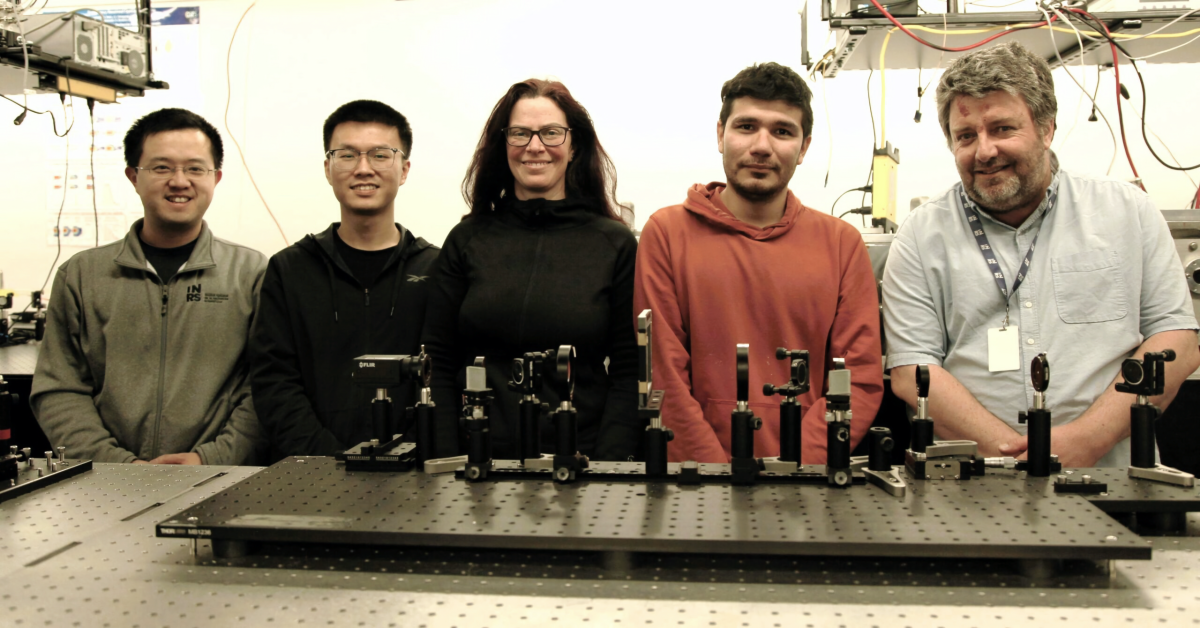Scientists have created a blazing-fast scientific camera that shoots images at an encoding rate of 156.3 terahertz (THz) to individual pixels — equivalent to 156.3 trillion frames per second. Dubbed SCARF (swept-coded aperture real-time femtophotography), the research-grade camera could lead to breakthroughs in fields studying micro-events that come and go too quickly for today’s most expensive scientific sensors.
SCARF has successfully captured ultrafast events like absorption in a semiconductor and the demagnetization of a metal alloy. The research could open new frontiers in areas as diverse as shock wave mechanics or developing more effective medicine.



So, considering the speed of light is approximately 3e8m/s, a frame time of 6.4fs means light can move 1.92 micrometers per frame.